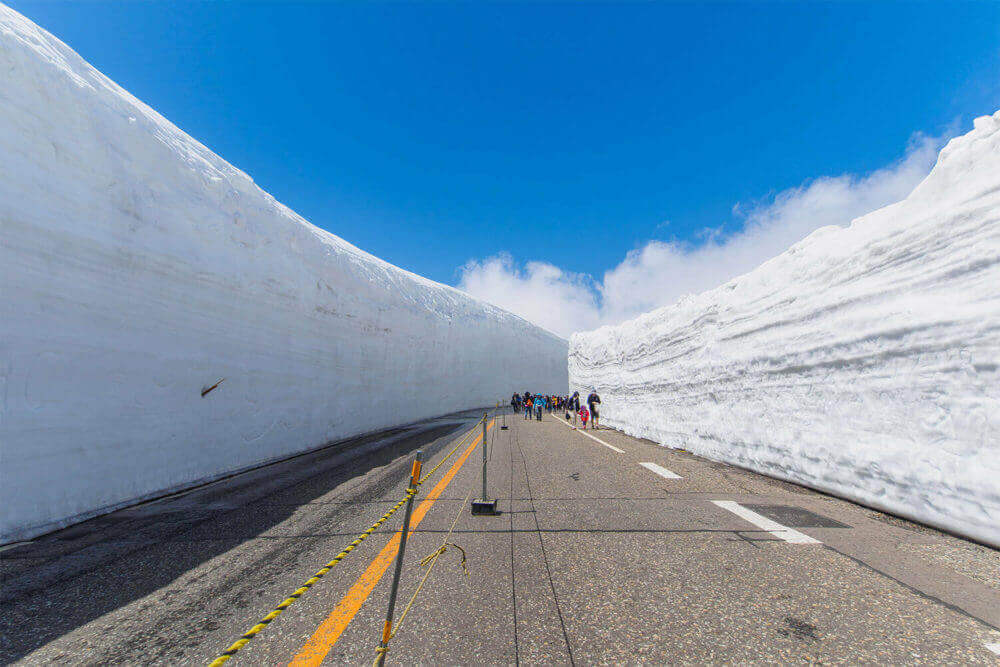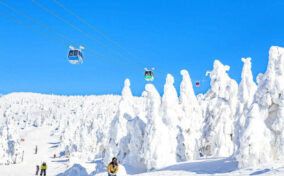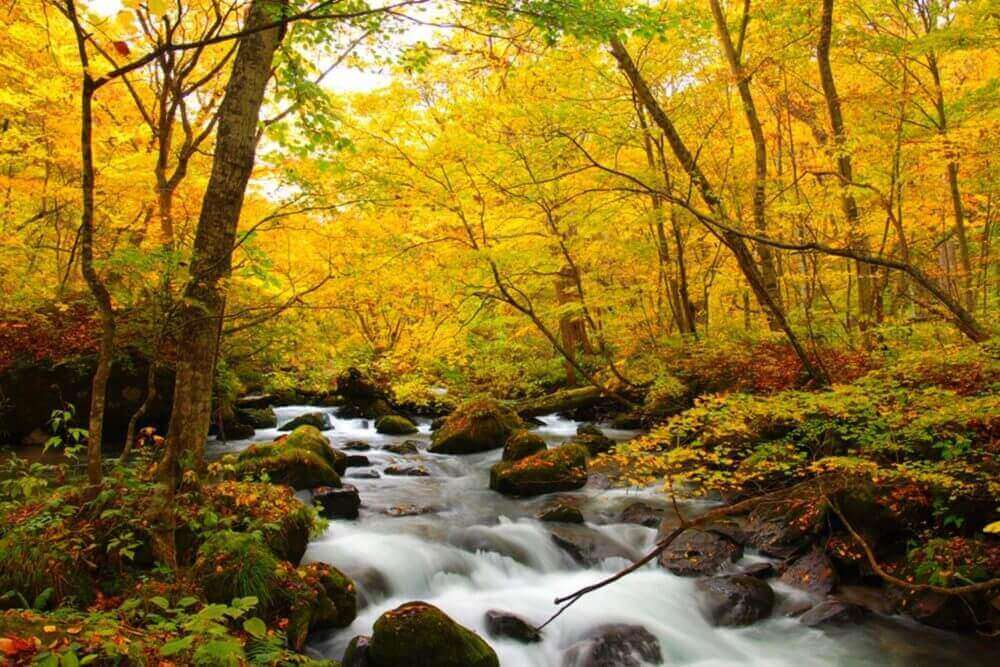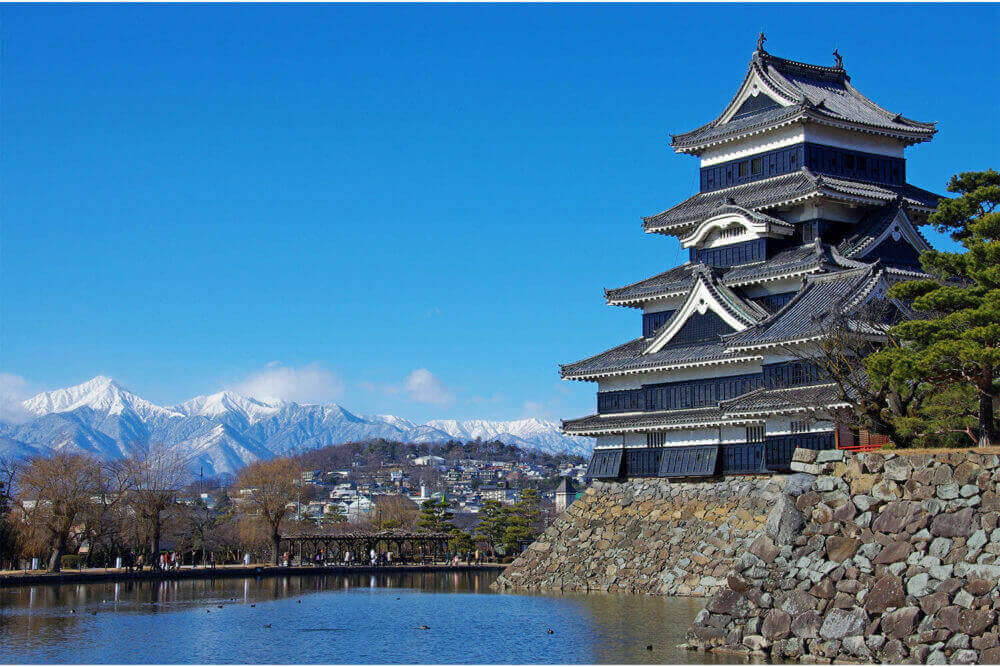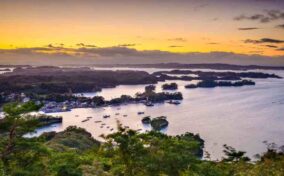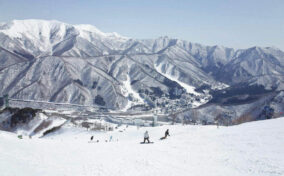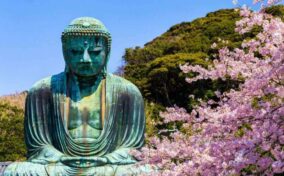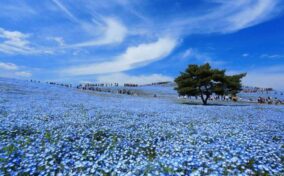The attractions of Akita Prefecture is that much of “old Japan” remains. For example, in the farming villages of the Oga Peninsula, an annual event in which men dressed as giant ogres called “Namahage” fear arrogant children is still carried on. In Kakunodate, wonderful samurai residences remain. It also retains its virgin beech forests, beautiful lakes, and hunting culture. Akita’s seafood and mountain delicacies are simple and delicious. Why do not you enjoy old Japan on the country side of Akita?
Table of Contents
Outline of Akita
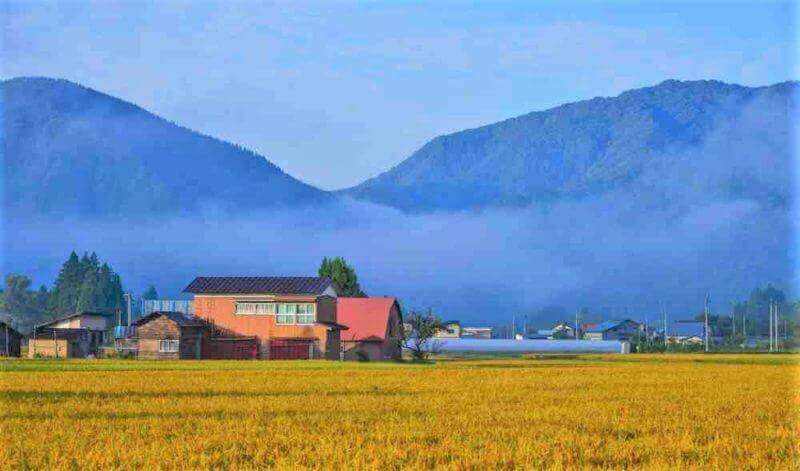
Rice field with a rural township in Akita, Japan. Japan is the ninth largest producer of rice in the world = shutterstock
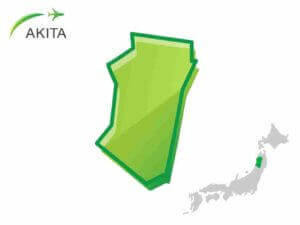
Map of Akita
Akita prefecture is located in the northern part of the Tohoku region on the Sea of Japan side. The population is about 980,000 people. In this area rice production is thriving and vast rice field spreads. Rice named “Akitakomachi” produced in this area is very delicious.
On the east side of Akita Prefecture, the Ou Mountains range from north to south. In addition to the plains like the Akita plain and the Noshiro plain, there are basins such as the Odate basin and the Yokote basin.
Climate and weather in Akita Prefecture
Akita prefecture is located in the northern part of the Tohoku region on the Sea of Japan side. In the winter, moist air comes from the Sea of Japan, hit the inland mountain ranges and snow. In winter, cloudy days continue. There are many heavy snowy areas in the inland area. In the summer, the “Fern phenomenon” which relatively hot wind descends from the inland mountain range may occur. At that time, the maximum temperature during the day exceeds 35 degrees Celsius.
Access
airport
There are two airports in Akita Prefecture. The main airport is Akita Airport. At this airport, regular flights are operated between Tokyo, Osaka, Nagoya and Sapporo. It is approximately 35 minutes by bus to this Akita station from this airport. In the northern part of Akita Prefecture there is Odate-Noshiro Airpor. This airport is small, but Tokyo flights are operating.
Shinkansen (Bullet train)
Akita prefecture is connected to Tokyo by Shinkansen network. In Akita Prefecture there are Akita, Omagari, Kakunoda and Tazawako stations. The time required depends on each train, but it is around 4 hours from Tokyo station to Akita station.
If you want to travel around Tohoku towns, a rail pass that allows unlimited rides on the Shinkansen and local trains is a great deal. >>See here for details.
Oga Peninsula and “Namahage”
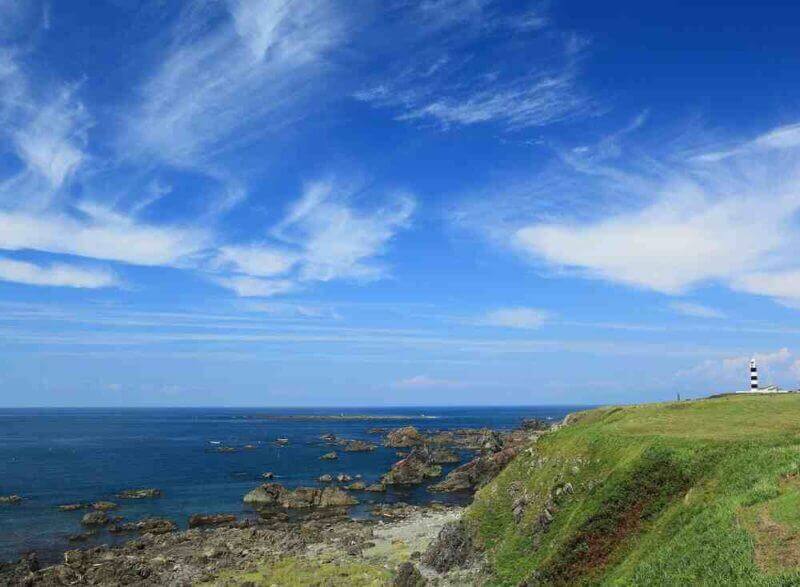
Nyudosaki in the Oga peninsula, Akita prefecture, Japan = shutterstock
The Oga Peninsula in the northwest of Akita City is famous for “Namahage”. It is a folk-cultural event held in winter every year. Men dressed as daemons and visit the village houses. They repeat the next phrase loudly.
“Are there any any crybabies around?”
“Are naughty kids around?”
When Namahage come to the house, the children are very scared. By experiencing this fear, children feel that they should never do bad things.
Oga Shinzan Folklore Museum
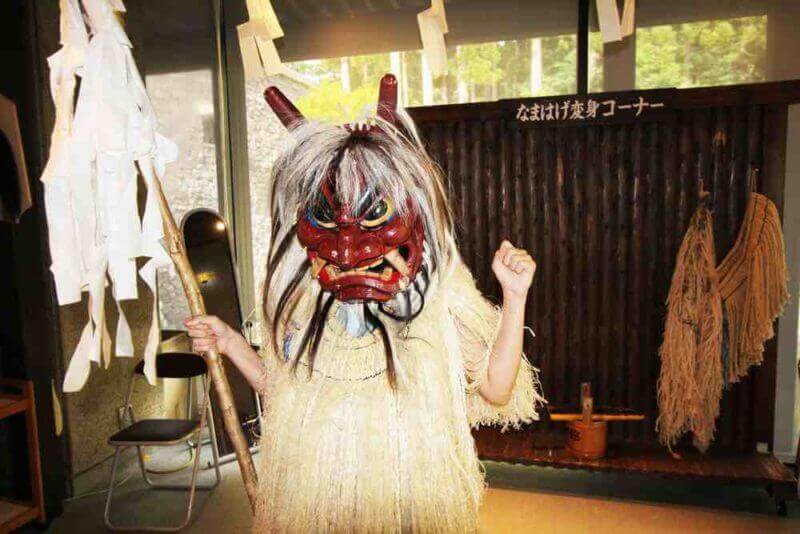
Foreign tourist with Namahage costume in Oga city of Akita Prefecture,Japan. The Namahage is name of giant demon in traditional Japanese folklore and becomes symbol of Akita = shutterstock
Oga Shinzan Folklore Museum is located in the Shinzan district of the Oga Peninsula. There are more than 100 nymphs displayed at here. Next to this museum, there is Namahage museum which looks like a typical L-shaped traditional farmhouse (Magariya) of the Oga area.
You can see the demonstration of Namahage at these museums. In addition, you can also transform into Namahage as seen in the picture above!
Oga Peninsula
The Oga Peninsula is about 40 minutes by car from JR Akita Station and 1 hour by car from Akita Airport. From Akita city there are bus tours around Oga Peninsula.
The Sea of Japan seen from the cliffs of this peninsula is rough. Previously, I have covered about Namahage. At that time, local men said that “a long time ago, bad groups that kidnap children from the Sea of Japan might have come.” I felt the dreadful life in this peninsula as a background of Namahage’s custom.
Kakunodate and Samurai village
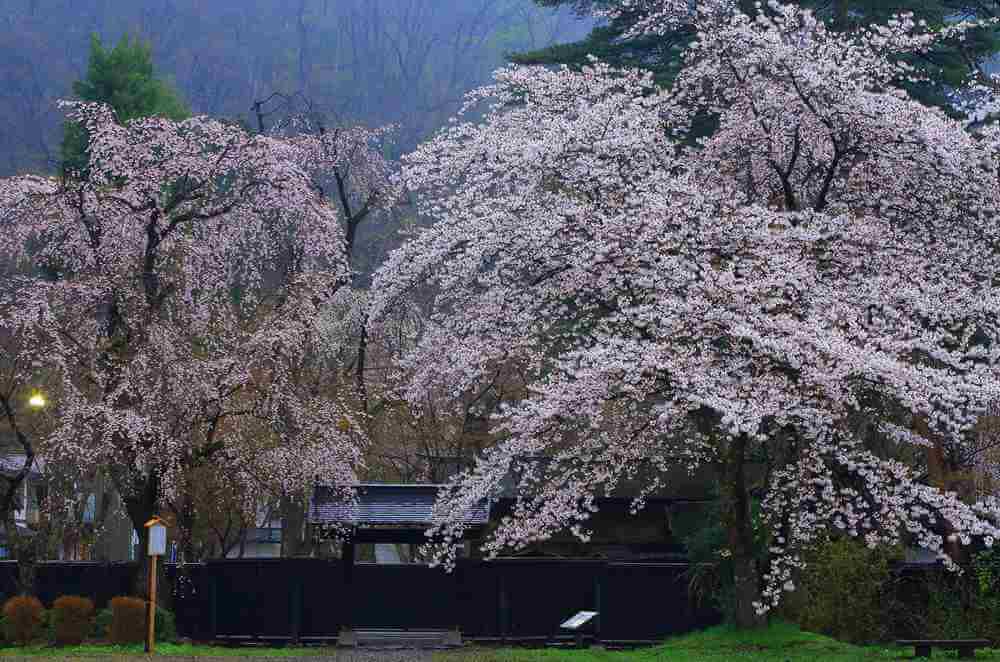
Samurai House in spring, Kakunodate, Akita Prefecture, Japan = Shutterstock
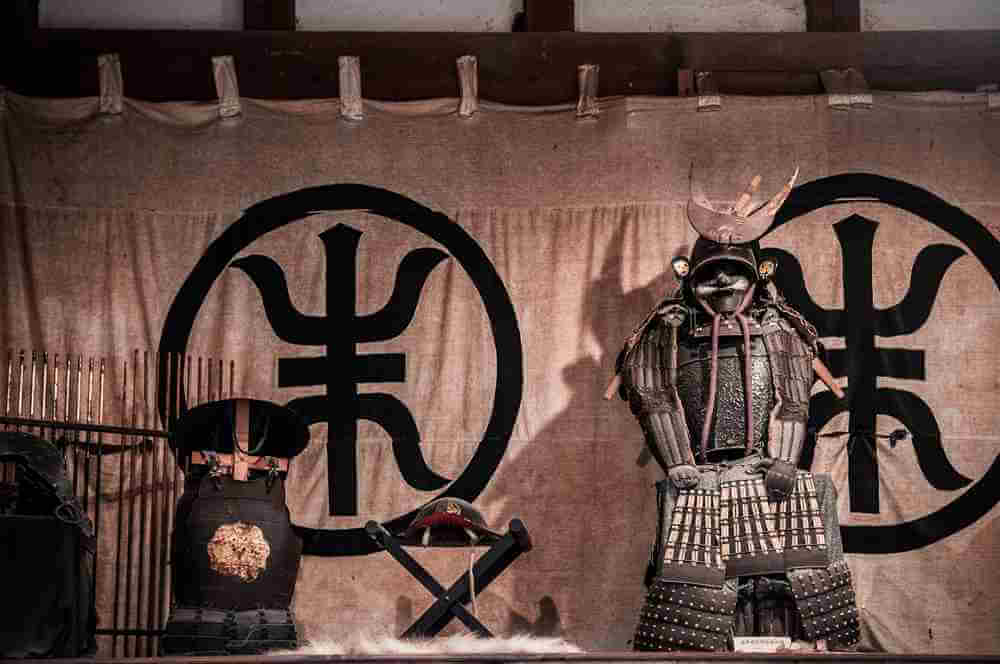
Japanese Samurai tradition antique armor in Samurai house, Kakunodate, Akita Prefecture, Japan = Shutterstock
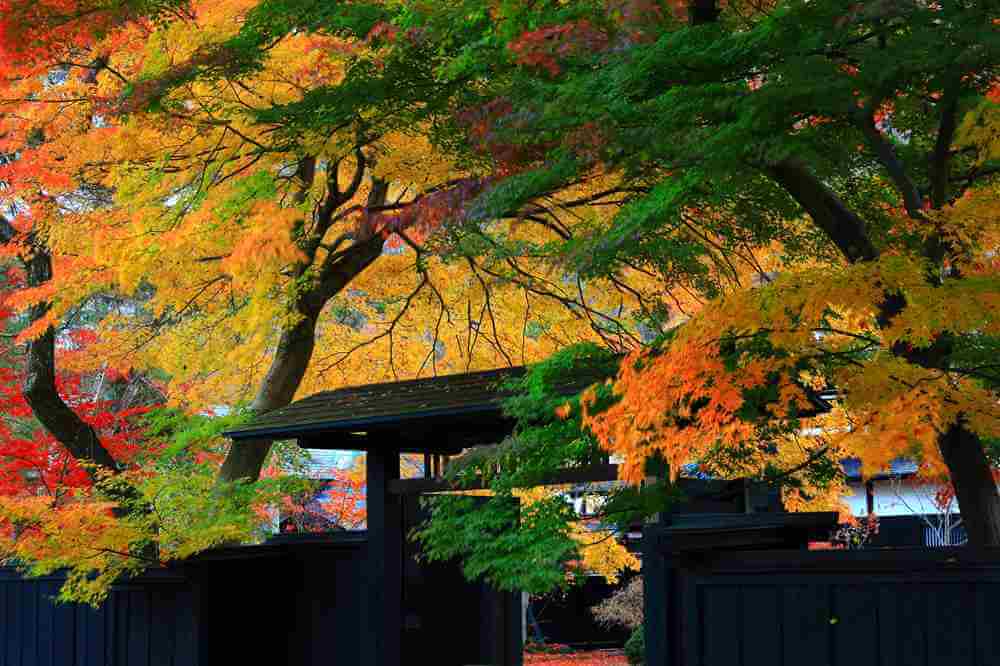
Kakunodate in Akita Prefecture, autumn leaves = Shutterstock
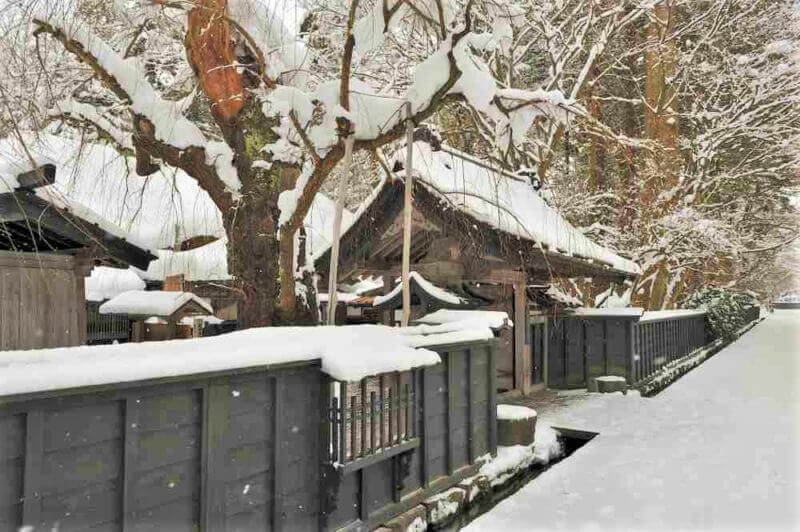
Kakunodate Samurai village, one of the best examples of samurai architecture and housing, Akita prefecture, Japan = shutterstock
Kakunodan is an old town on the inland side of Akita Prefecture. Here, the residential town of the Samurai in the era of the Tokugawa shogunate is preserved. If you walk here, you can enjoy the atmosphere of the samurai’s era.
There is a square between the section where the samurai lived and the section where the townspeople lived. This square was set up so that fire could not reach the town of the Samurai even if a fire occurred in the streets of townspeople. Cherry blossoms will bloom here and there in the late April in the town of Samurai.
There are a lot of snow in Kakunodate in winter. If you go to the Kakunodate in winter, you can see the beautiful snow scene as seen in the picture above.
There is a Shinkansen station in Kakunodate. The fastest way from Tokyo station to Kakunoda station is about 3 hours and 15 minutes. It is approximately 40 minutes by Shinkansen from Kakunodate station to Akita station.
Nyuto Onsen
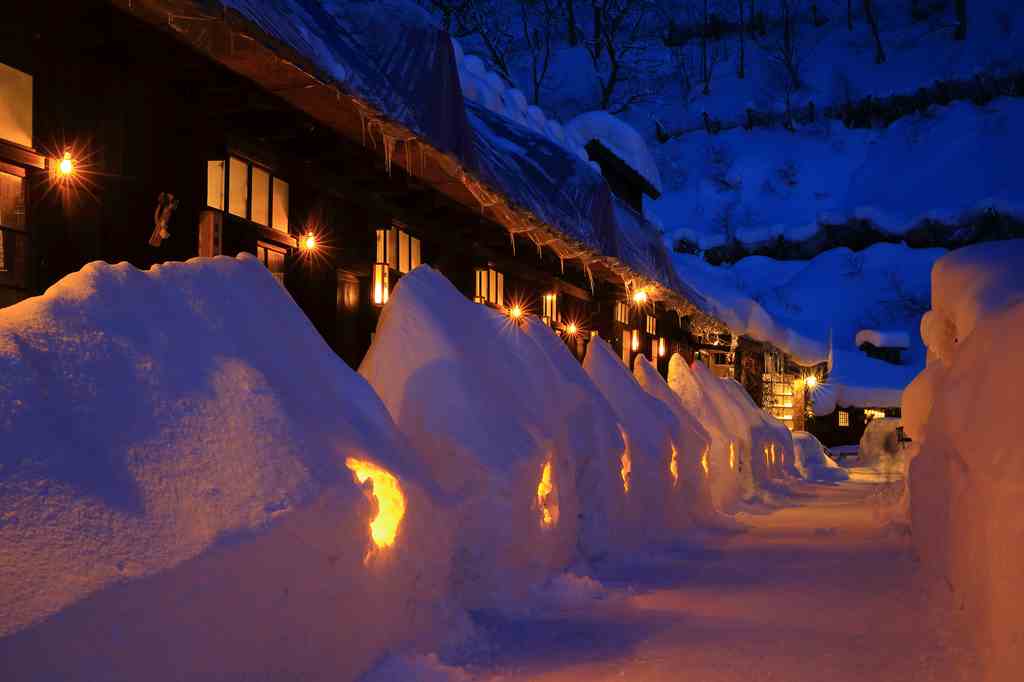
Nyuto Onsen in Akita Prefecture = Shutterstock
Nyuto Onsenkyo is a hot spring village with seven hot springs located at the foot of Mt. Nyuto in Towada Hachimantai National Park. Each hot spring area has its own characteristics and charm.
For example, Tsurunoyu Onsen has a history of over 300 years and is known for its milky white water. Kuroyu Onsen is surrounded by beautiful beech trees and has an open-air bath. Tanoyu Onsen is located on a slope and offers beautiful views of the mountains. These Nyuto hot springs are called “hidden hot springs” in Japan, and are still loved as hot springs known to those in the know for a long time.
Festivals
Winter: Yokote Snow Festival

In Akita prefecture, a number of traditional festivals are inherited. Among them, I particularly recommend “Yokote Snow Festival” held in mid-February every year in Yokote city.
About Yokote Snow Festival, I introduced in the following articles. Please drop in on this article as well.
Akita Dog

red Akita inu dog playing in the snow = shutterstock
Do you know Akita dog (Akita-inu)?
Akita dog is a large dog kept as a hunting dog in the Ou mountain range in the eastern part of Akita prefecture. They are very faithful to their master. In Akita prefecture there are several facilities in Odate City where you can meet Akita dog. For details, please refer to this site.
In Japan, Akita dog named “Hachi” is famous. He was born in 1923 and was kept in Tokyo by a university professor. The professor died suddenly. But for ten years Hachi has been waiting for the professor to return at Shibuya station which the professor frequently used. You can see the statue of this dog in Shibuya, Tokyo. A movie about Hachi was also produced.
Thank you for reading to the end.
>> Click here if you want to the Akita Prefecture tour menu
Now, let’s plan to make your vacation in Japan the best experience ever!
Back to "Best of Tohoku Region"
